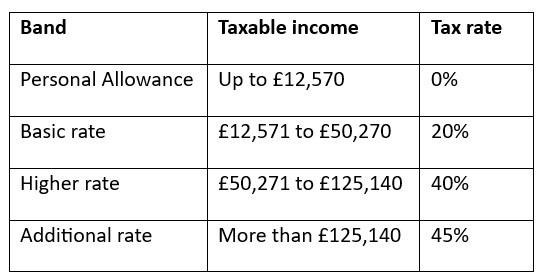The psychological thriller Ripley has received critical praise for its cinematography and writing. If you’ve been on the edge of your seat watching the story unfold, you might have thought “I’d never fall for the tactics of a con artist”, but a scam carried out today uses many of the same ploys and relies on catching people off guard.
Ripley is the latest adaption of Patricia Highsmith’s 1955 novel The Talented Mr. Ripley. In 1950s New York, con man Tom Ripley is hired by a wealthy man to convince his son to return home from Italy. As he embarks on a trip to Europe, Ripley starts building a complex life of deceit and fraud.
It’s not only those who come across Ripley that need to be careful. Indeed, there are many “Ripleys” scamming victims today – according to a report in Money Marketing, more than £2.6 billion was stolen between 2020 and 2023 through investment scams alone. More than 98,500 victims reported crimes, with an average loss of £26,773.
So, here are some valuable lessons you could learn from Ripley to protect your wealth.
Appearances can be deceiving
Ripley gets the opportunity to carry out a scam after Herbert Greenleaf mistakes him for a friend of his son, and then he takes up the charade. Ripley uses his ruthless charm and skills to build a rapport with others to get what he wants.
It’s an important reminder that people aren’t always who they seem. If you receive contact out of the blue, a measure of caution could help you spot a potential scam.
It’s not just people you need to be wary of. A growing number of scammers are posing as legitimate companies.
Which? found that more than 2,000 suspected banking copycat websites were reported in 2023. These websites might look genuine and could dupe you into handing over sensitive information.
Fraudsters might also use text messages, emails, or other forms of communication in a way that looks similar to real organisations to build up a sense of trust.
If you’re unsure if the person you’re speaking to is who they claim to be, don’t be afraid to end the contact and directly call the organisation using the details listed on the Financial Conduct Authority’s register. A legitimate firm will understand why you’re being cautious.
Protect your personal details
Scammers don’t always need to contact you to take control of your assets. If they get hold of your personal information, it might be possible for them to carry out identity theft.
In Ripley, Tom assumes the identity of another person to gain access to their trust fund and enjoy a lavish lifestyle. Modern fraudsters who have sensitive information could gain control of your bank accounts and other assets. Criminals may even take out credit in your name.
Keeping personal details such as your date of birth, current and previous addresses, and passwords secure could reduce the risk of identity theft. If you’re getting rid of old documents, shredding or destroying them before putting them in the bin may be a useful step to take too.
Victims of a scam might not get a happy ending
In the novel, Ripley comes out on top at the end – he’s rich and plans to continue his travels in Europe, although he’s plagued by worries that the consequences of his actions will come back to haunt him.
However, The Talented Mr. Ripley doesn’t have a happy ending for the victims of his scams, and, sadly, that can all too often be the case in real life. Tracking down scammers can be impossible, and you might not recover the assets that have been stolen.
While some banks or other financial institutions might offer you a refund if you fall victim to a scam, they often don’t have to, and many are left out of pocket. Indeed, according to UK Finance, in the first half of 2023, around a third of people who lost money to authorised push payment scams didn’t receive their money back.
So, taking a cautious approach if you’re offered a financial opportunity, even if it appears genuine, is usually a good idea.
You should be particularly cautious if you’ve been approached out of the blue and the person is putting pressure on you to act quickly – both these potential red flags could signal it’s a scam.
Contact us to talk about your financial plan
Feeling confident about your financial plan could mean you’re less likely to fall victim to a scammer. You could also contact us if you’re unsure if a financial opportunity you’re considering is legitimate or right for you. Please contact us to arrange a meeting.
Please note:
This blog is for general information only and does not constitute advice. The information is aimed at retail clients only.












